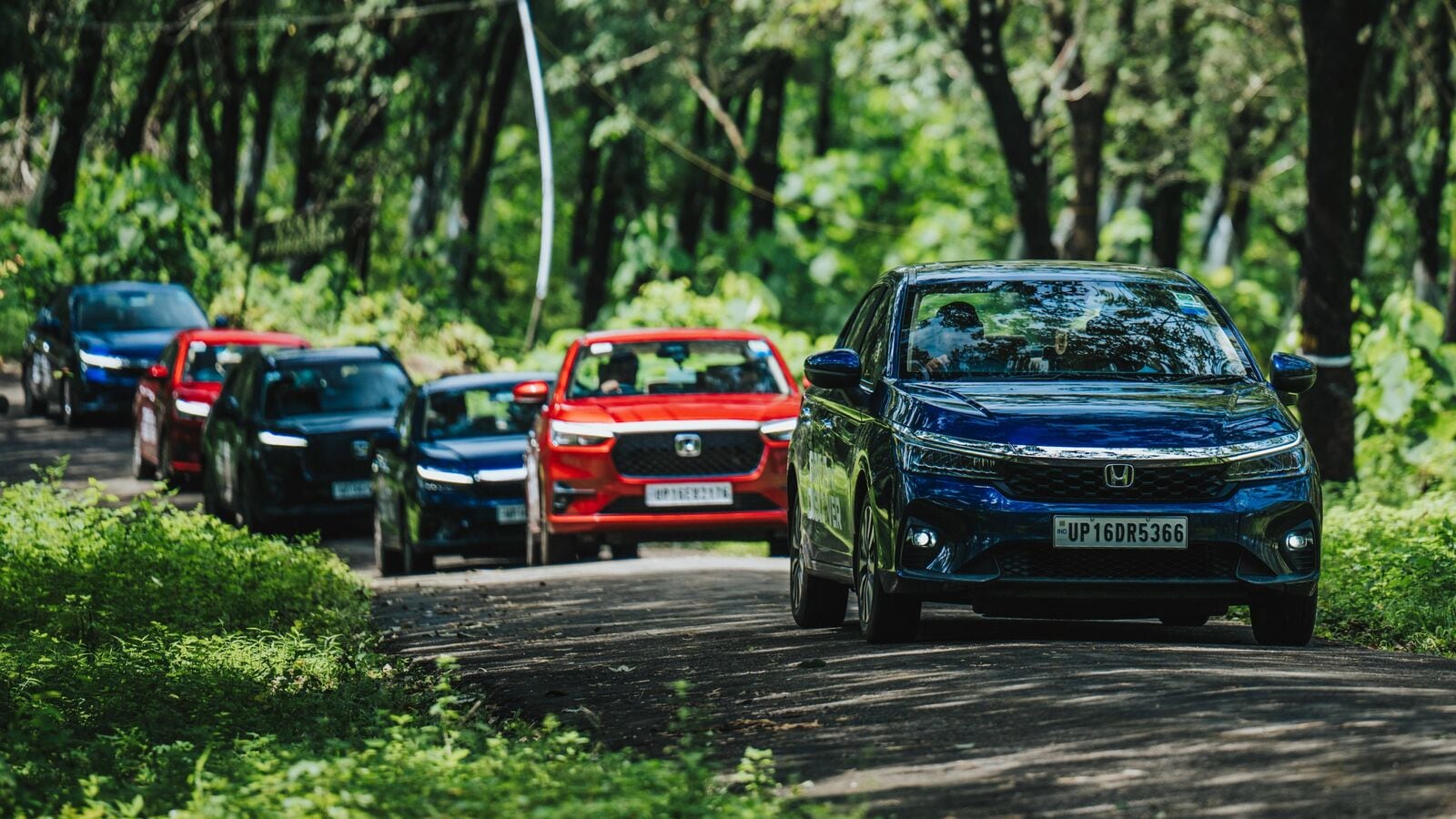Overview
HYUNDAI’S new Australian boss recently told the media that the brand does a bad job of selling its electric vehicles… while in the process of launching what is arguably the most out-of-touch EV from the brand to date.
“We do a terrible job with our EVs… on the record. We are not doing the job we should be,” said Hyundai Australia CEO Don Romano at the launch of the Ioniq 9 large SUV.
“Our market share of electric vehicles is extremely low relative to our market share of total vehicles.”
Part of that could come down to pricing and positioning, and the Ioniq 9 takes the brand to a new echelon on that front.
This fully electric and fully loaded seven-seat electric SUV starts at $119,750 plus on-road costs, before you choose one of the nine optional colours (from $750 to $1000 extra), and add the digital camera mirrors ($3000) if you want them.
For a bit of context, you could buy a Volvo EX90 for not much more, or this car’s twin-under-the-skin, the Kia EV9 (which starts at a still-high $97,000 + ORCs). Or you could save holiday’s-worth of money and get a Volkswagen ID Buzz LWB for $91K + ORCs.
Hell, even Mercedes-Benz has an electric seven-seater for less – the EQB is a lot smaller, sure, but so is its price (from $85,400 + ORCs).
Admittedly it is packed with gear, with standard inclusions like 21-inch alloy wheels (but with a tyre repair kit, not a spare), adaptive auto LED headlights with auto high beams, Digital Key 2 that allows you to use your phone as the key to your car, a panoramic glass sunroof, and a power tailgate.
Inside it comes with a 12.3-inch digital instrument cluster and a 12.3-inch infotainment touchscreen with wireless Apple CarPlay and Android Auto, satellite navigation with Google Places Search, and it has connected services with over-the-air updates.
A wireless phone charger, tri-zone climate control with an efficient heat pump, a heated steering wheel, a head-up display, 14-speaker Bose premium sound system and digital rear-view mirror are all great inclusions.
Then there’s the seating, which incorporates 16-way power-adjustable front ‘premium relaxation’ seats with four-way lumbar and driver’s seat memory settings, not to mention heating and ventilation for the front seats and second-row outboard seats, Nappa leather trim, power-adjustable steering column, and one-touch folding for second and third rows of seats.
Speaking of the second row, you can opt to have the Ioniq 9 with either a middle-row bench setup or two captain’s chairs, with the latter also adding the so-called “Universal Island 2.0” sliding centre console, power walk-in function and clever folding/unfolding for the second-row.
Both the second- and third-row seats have ISOFIX points (x4) and top-tethers (x4 or x5, depending on the layout), and the boot space is generous at 338 litres with the back row up, and 908 litres with the rear row folded flat. There is also a frunk storage area, with 52 litres of capacity – great for stowing your charging cables and tyre repair kit.
The amenities are all taken care of and, provided you’re okay with a touchscreen for the climate controls and some quirky placement for the gear selector and some buttons, it’s a very plush and thoughtful cabin.
It is a very large SUV, after all, measuring 5060mm long on a 3130mm wheelbase, 1980mm wide and 1790mm tall.
The Ioniq 9 has a huge 110.3kWh NMC battery pack, with a claimed 600km of EV driving range (WLTP), and in Australia it is exclusively sold with dual-motor all-wheel drive. The outputs are enormous – 314kW and 700Nm – enough to slingshot this seven-seater from 0-100km/h in just 5.2 seconds. But be mindful, it’s a heavy machine, at more than 2700kg without anyone onboard.
The Ioniq 9 also has a host of standard safety gear, including some frustrating stuff (more on that below), but families will be happy with the full-stretch curtain airbags that cover all three rows, a standard surround-view camera system, and blind-spot view monitoring cameras, too.
Hyundai offers a five-year/unlimited-kilometre warranty, with the battery pack covered by an eight-year/160,000km plan. Service intervals are 24 months/30,000km, with a couple of prepaid packs on offer, and roadside assistance topped up when you service with Hyundai.
Driving Impressions
It’s hard not to be impressed by the drive experience of the Ioniq 9.
It doesn’t feel as big or as heavy as it is, and despite the fact it doesn’t have any trickery by way of adaptive air suspension or four-wheel steering (as you’ll find in some significantly cheaper Chinese EVs) it still offers predictable drivability and very good comfort.
Over a drive that included urban traffic, freeway cruising and country back-roads, the Ioniq 9 was manageable and comfortable, never feeling too cumbersome nor clunky over sharp bumps. It really is a plush thing to drive.
It’s also effortless in its performance, with ample acceleration on offer and a number of drive modes to play with, too. It’s quiet, thanks to a noise cancellation system that counteracts tyre roar, and refined too.
There is a multi-mode regenerative braking system to help you tailor it to your preferences, from a lenient (ICE-like) braking feel to a single-pedal mode that will pull you up to a complete stop.
But as good as all the ‘actual’ driving bits are, this car continues with Hyundai’s very frustrating safety technology integration.
There is a speed sign recognition system that beeps every time it thinks it sees a new signpost (it got it wrong multiple times on test), and there’s an overspeed warning system too, which will also chime to tell you if it thinks you’re speeding in the zone that the car believes you’re in (again, reiterating, it gets it wrong a lot).
The chimes can be silenced (overspeed by holding the mute button, speed zone change by a convoluted series of screen presses), and there’s a driver monitoring camera system that you might want to switch off too, because it seems to be a bit overzealous as well.
It’s such a shame that Hyundai hasn’t made its safety systems more agreeable (or, frankly, just easier to turn off!) because it takes away from what is otherwise an extremely positive experience behind the wheel.




